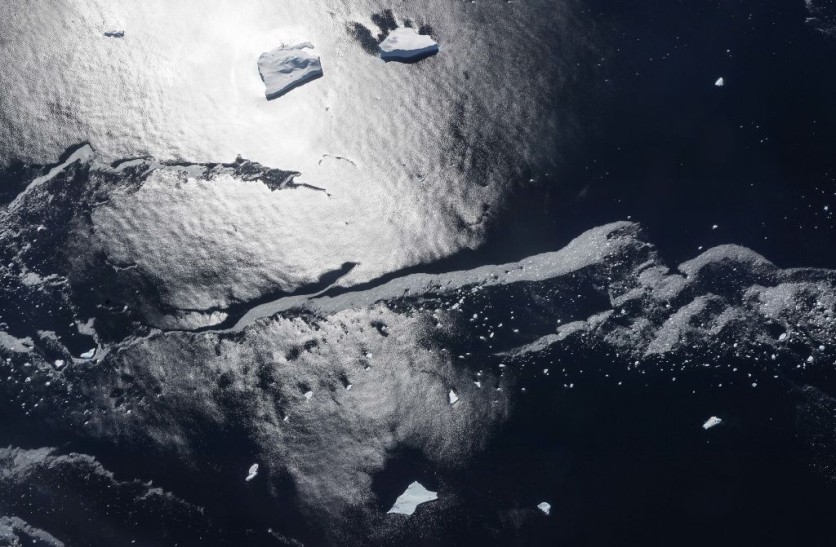A group of researchers obtained their first close-up view of what is consuming a portion of the Thwaites ice shelf in Antarctica, which is also known as the Doomsday Glacier because of its potential for catastrophic melting and sea level rise.
Scientists observed a shimmering key phase in Thwaites' catastrophic breakdown using a 13-foot pencil-shaped robot that submerged beneath the grounding line where ice initially protrudes over the sea.
The findings demonstrate that, despite a rise in melting beneath the floating ice shelf, the current melting rate is lower than many computer models currently predict, according to the research team.

Icefin Robot
This crucial yet challenging location on Thwaites had never been the subject of observations by scientists before. But when the Icefin robot was lowered down a narrow 1,925-foot (587-meter) hole, they saw how crucial crevasses are to the fracturing of the ice, which damages glaciers more severely than melting.
Thwaites Glacier has had one of the quickest rates of change of any glacier in Antarctica, with a 14 km retreat in the grounding zone since the late 1990s. Since a large portion of the ice sheet is submerged, it is vulnerable to rapid, irreversible ice loss that might cause the sea level to rise by over half a meter within centuries.
The new information was gathered as a result of the MELT project, one of the initiatives within the UK-US International Thwaites Glacier Collaboration, which is one of the biggest global field operations ever carried out in Antarctica.
The Thwaites Eastern Ice Shelf grounding line was observed by the MELT team in order to better comprehend how the ice and ocean interact in this crucial area.
Read also : Greenland's Largest Ice is Melting at a Much Higher Rate, Prompting Rising Sea Level Concerns
Surprising Results
In late 2019, a hot water drill used by Dr. Peter Davis of the British Antarctic Survey (BAS) dug a 600-meter-deep borehole two kilometers from the grounding line.
These measurements were contrasted with melt rate data collected at five additional sites below the ice shelf. The ocean around the grounding line warmed and salted over a nine-month period, yet the ice base only melted an average of 2 to 5 meters each year, less than had been predicted.
"Our results are a surprise but the glacier is still in trouble. If an ice shelf and a glacier is in balance, the ice coming off the continent will match the amount of ice being lost through melting and iceberg calving," Dr. Davis said in a press release statement.
"What we have found is that despite small amounts of melting there is still rapid glacier retreat, so it seems that it doesn't take a lot to push the glacier out of balance."
Related Article : Microsoft, Sony, and Other Gaming Companies Taking a Stand Against Climate Change: What Are They Doing So Far?

ⓒ 2026 TECHTIMES.com All rights reserved. Do not reproduce without permission.




